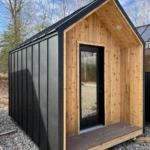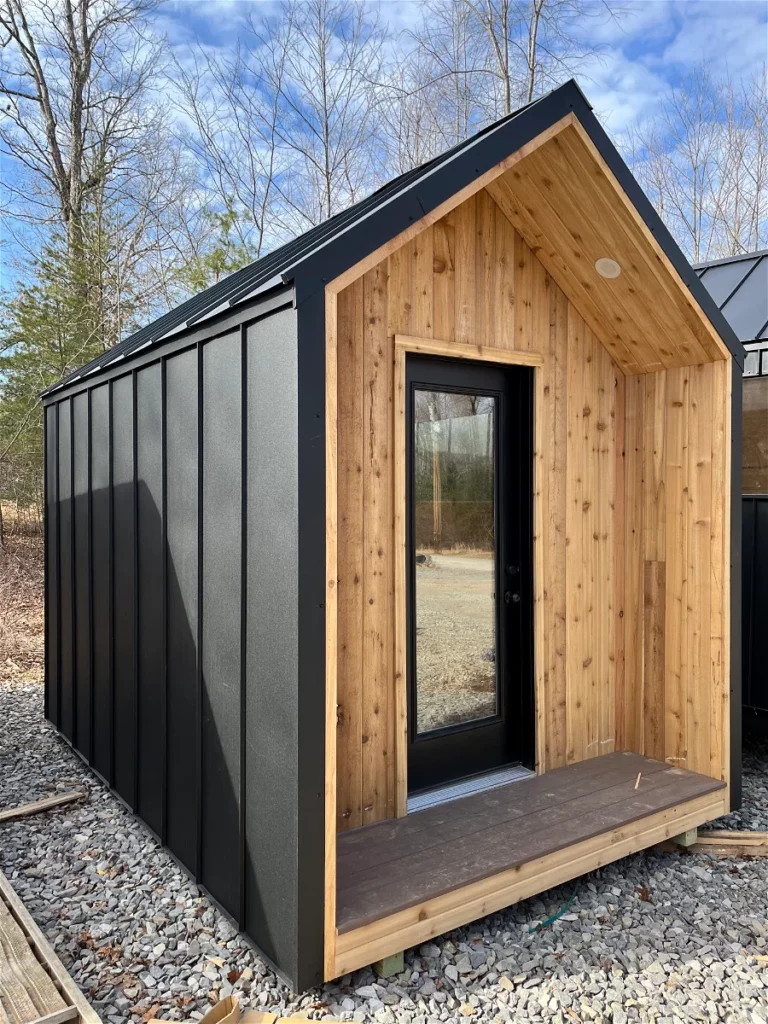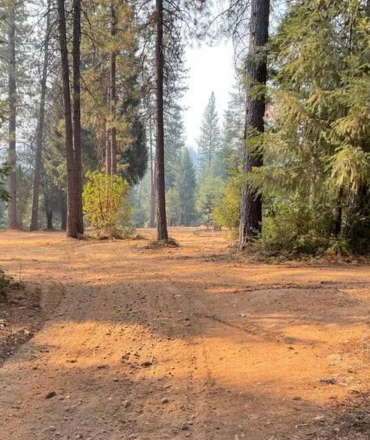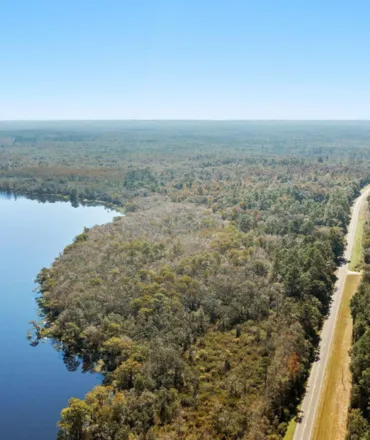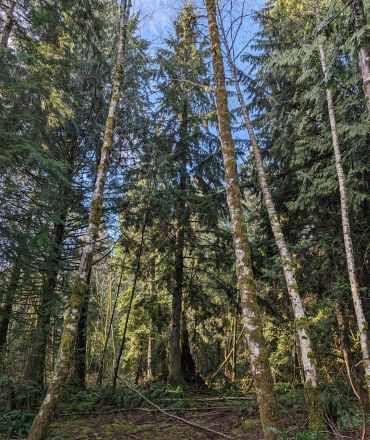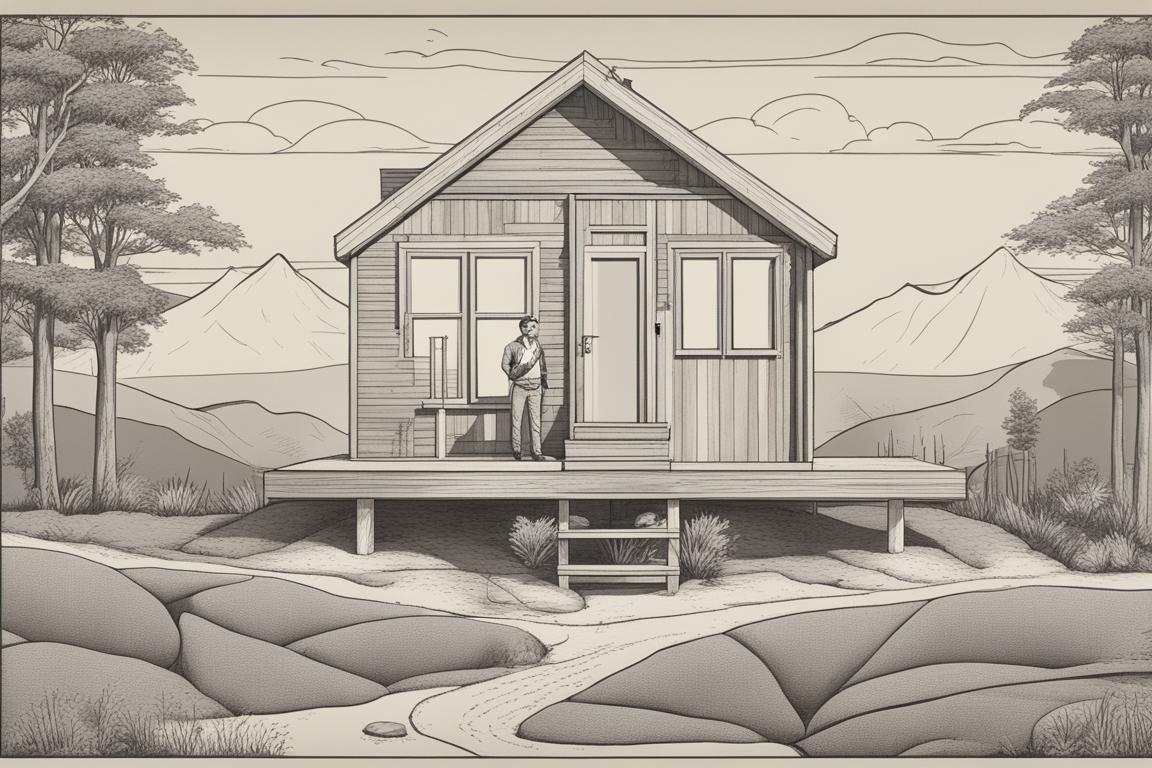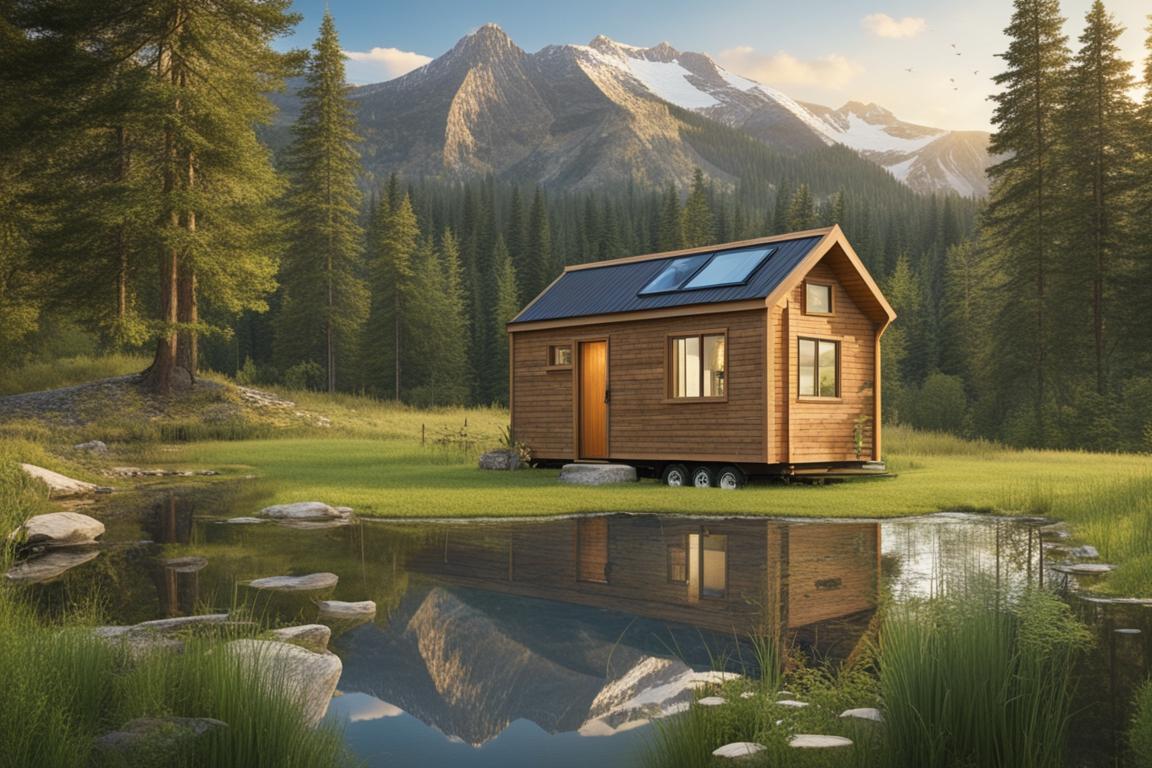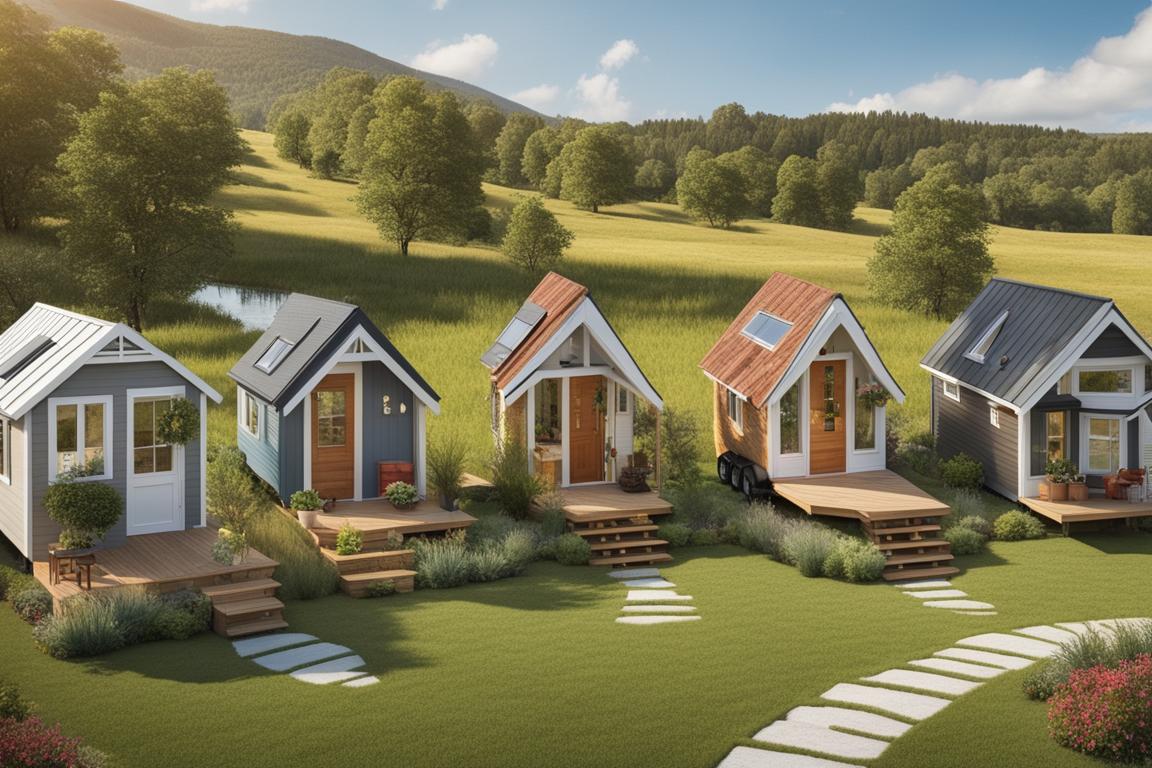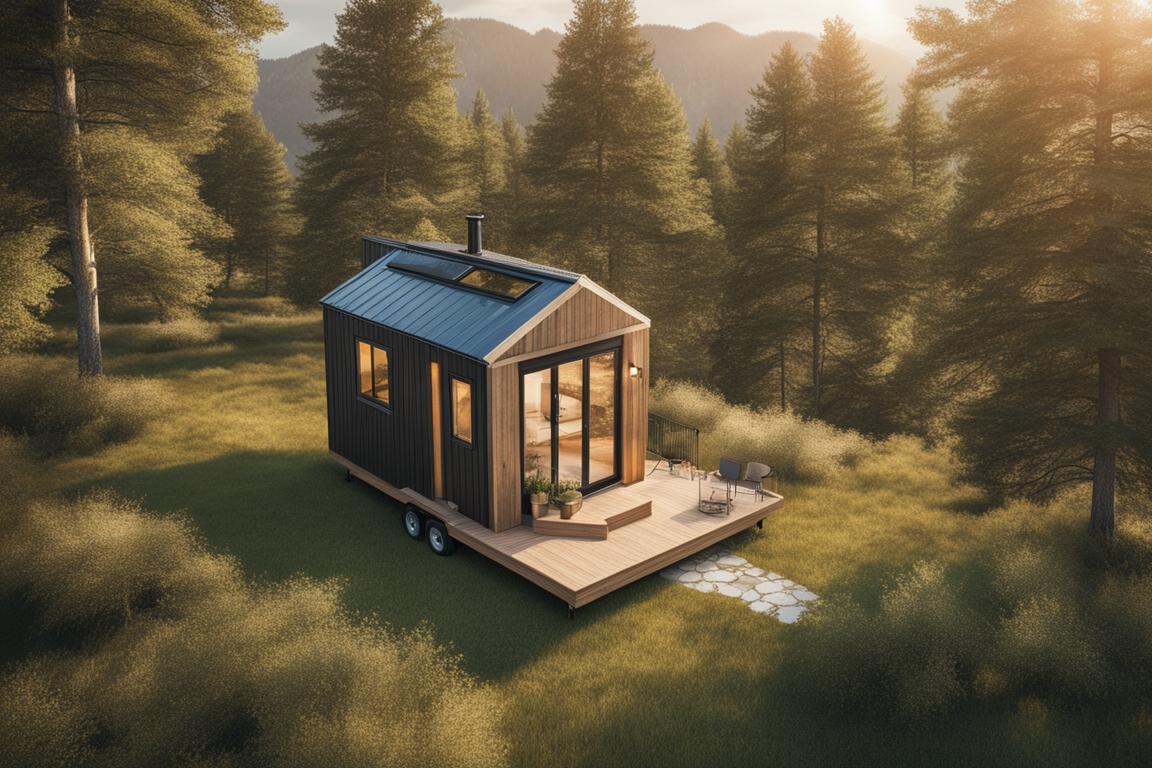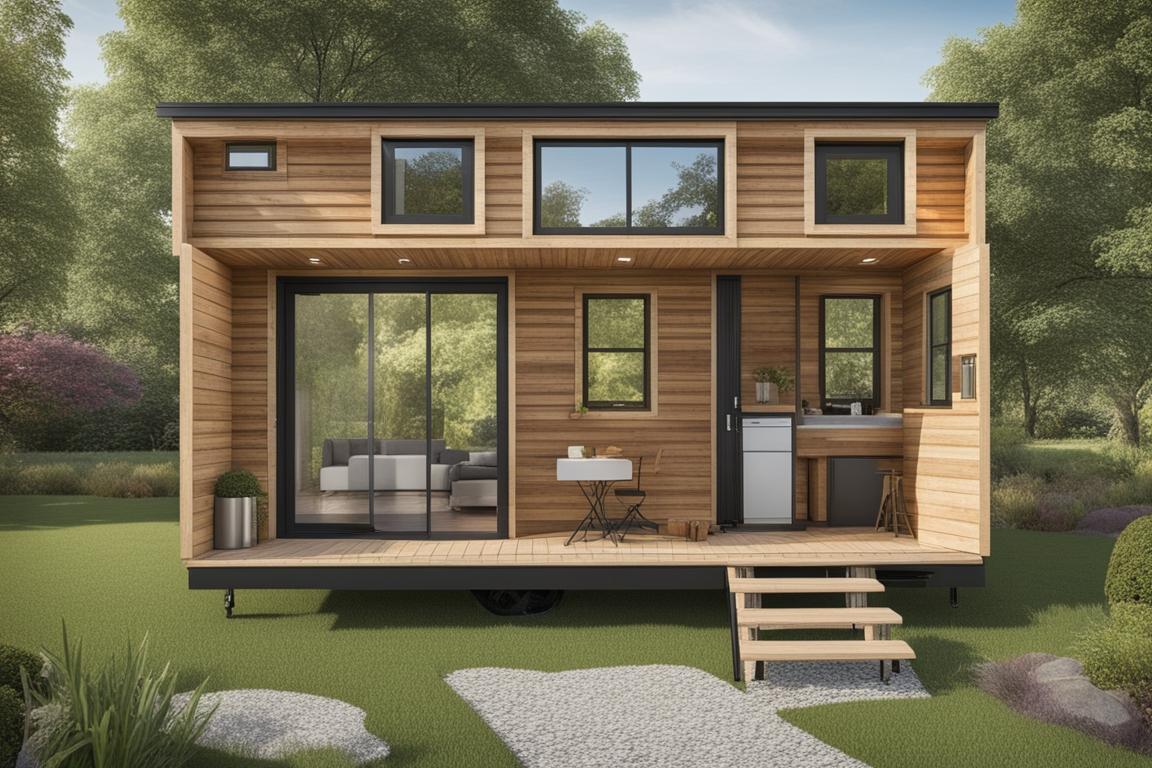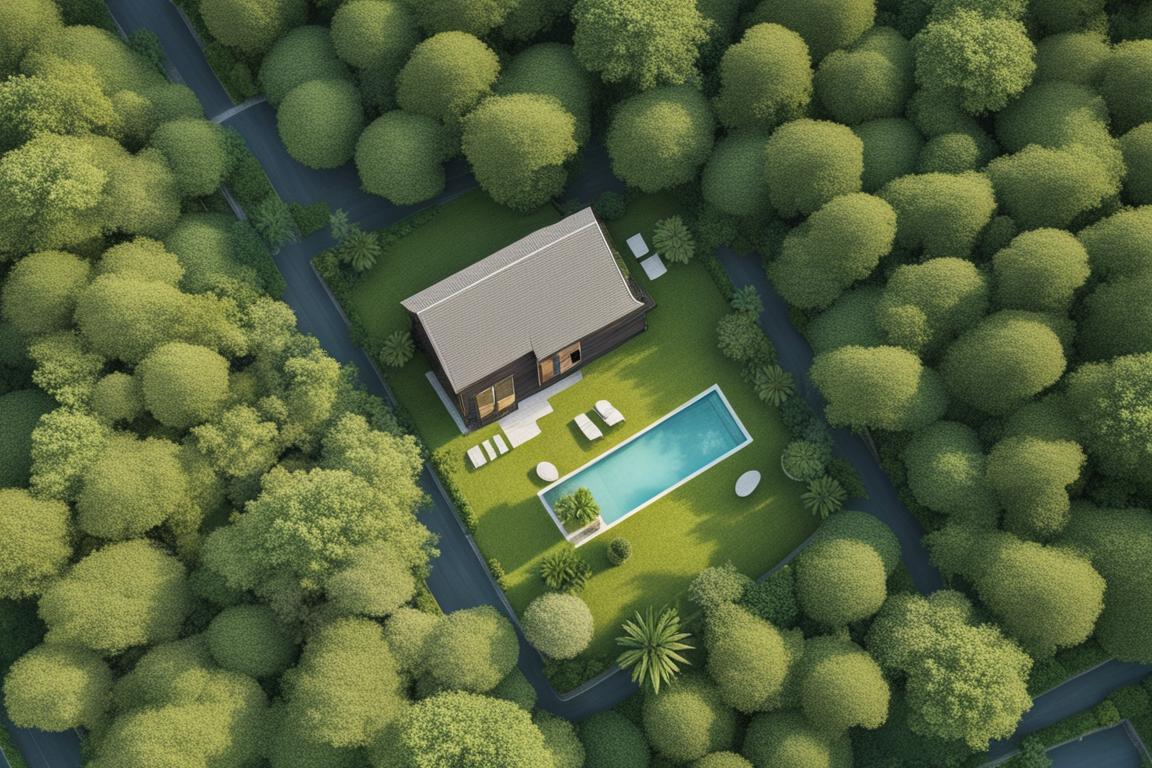Many people who live in tiny homes speak glowingly of the many benefits they have enjoyed. Living in tiny houses has improved their lives in many ways.
Tiny Houses: A Guide to Their Advantages
Living in a tiny house has become increasingly popular in recent years, and it’s not hard to see why. Many people who have made the switch to tiny house living speak glowingly of the many benefits they have enjoyed. In this article, we’ll take a look at some of the advantages of tiny houses.
| Advantage | How to use the advantage in real life |
|---|---|
| Lower expenses | Use the saved money to travel or pursue a hobby |
| No mortgage | Be debt-free and have more financial freedom |
| Reduced energy consumption | Live off the grid and reduce carbon footprint |
| Freedom of movement | Travel and explore different places without leaving your home |
| Simpler maintenance | Spend less time and money on home repairs and cleaning |
| Harmony with nature | Live in a sustainable way and reduce environmental impact |
| A simpler lifestyle | Focus on experiences and relationships instead of material possessions |
| Customizable | Design and build your tiny house to fit your specific needs and preferences |
| Minimalist living | Embrace a minimalist lifestyle and declutter your life |
| Mobility | Move your home to a different location if needed |
| Lower property taxes | Pay less in property taxes due to the smaller size of your home |
| Accessibility | Design your tiny house to be accessible and accommodating for all people |
| Creative expression | Have the opportunity to design and decorate your home in a unique and creative way |
| Closer relationships | Live in close quarters with family or friends and strengthen relationships |
| Sustainable living | Use renewable energy sources and reduce waste in your daily life |
Lower Expenses
One of the most significant benefits of living in a tiny house is the cost savings. It is possible to build a tiny house for as little as $20,000. A tiny house is much cheaper to build than a larger one – if you use a different than the traditional stick-frame building process. According to TLF (The Tiny Life), a tiny house can be built for as low as $23,000. A full-sized house costs on average $272,000, which is more than 10 times the price.
Tiny house owners can save money on their housing costs and spend more money on fun activities, such as travel, gardening, sports, and overall great outdoor lifestyle or save for retirement. You can use what you otherwise will spend on a house payment for an IRA or, you can simply work less and enjoy life more.
No Mortgage
With an average house cost of $272,0000 buying a traditional house is an extremely expensive endeavor. To afford such a massive amount of money, you will need to take out a mortgage loan to finance your house purchase. For example, a 30-year mortgage with 4.5% interest increases the cost of owning a home from $272,000 to $482,000 as a result of the interest that will drive the cost increase over time. TLF (The Tiny Life) reports that 68% tiny house owners are free and clear of debt, compared to 29% of homeowners.
Reduced Energy Consumption
Tiny houses have a smaller footprint, which makes it easier to live off the grid in tiny houses. For example, you can heat the whole space with a small wood stove and power it with small solar panels. A smaller footprint has a positive impact on the cost of electricity, fuel, water, and waste disposal – you consume fewer resources. Less consumption lowers the cost of heating and cooling and makes tiny houses more affordable than larger homes.
Tiny houses are not only cheaper upfront but also easier to maintain. It’s also easier to live off the grid with a tiny house because you can heat it with a small wood stove and power it with small solar panels. Many tiny houses have composting toilets that break down waste and don’t need to be connected to the sewage system.
Freedom of Movement
Because a tiny house is small in size, it doesn’t need a lot of land. Many small houses are also built on trailers so that their owners can move them around to new cities. This allows people to live on the road and not lose their homes.
Simpler Maintenance
In comparison to traditional houses, it is significantly simpler to care for a tiny house. Tiny house owners have less to clean and less to fix. This allows them to spend more time on their hobbies and work.
Harmony with Nature
The environmental movement and the tiny house movement go hand in hand. Tiny houses use less material and require less energy to run. Because of their small size, they are easier to place in an area that is close to the natural world.
A Simpler Lifestyle
Excessive stuff has no room in a tiny house like in a traditional home. There is no space for large wardrobes, electronics, or a library of books. Tiny homeowners typically go through a process of reducing their possessions to the very essentials of what they need and keep only those items that are truly important to them.
In conclusion, living in a tiny house has many advantages. It can save you money, simplify your life, and help you to live in harmony with nature. If you’re considering a change, a tiny house might be just what you need.
Tiny Houses Have Their Drawbacks
Living in a tiny house has its benefits, but it also has its drawbacks. Here are some of the disadvantages:
Less Living Space
Tiny homes have limited living space, and this can be a problem for families. There is no room for large luxury kitchens or washrooms, and families may have to sacrifice space allocated for their living room to have a full-sized bathroom or kitchen appliances. While a tiny house can be cozy for one person, it can be too cramped for a family of four, especially with teenagers who need more privacy.
Less Storage Space
A smaller home will allow for less storage space. Families may have to give up their most prized possessions, including children’s toys, music instruments, exercise equipment, as well as most of their shoe and book collection. Some pets may also be unable to live in such small spaces, causing families to give them up.
Limited Capacity for Entertaining
Hosting large gatherings or accommodating guests can be challenging in a tiny house. There may not be enough space for additional beds or hosting a Thanksgiving dinner for ten people. Some tiny house owners solve this problem by adding more outdoor living spaces, such as a hot tub or deck.
Zoning Rules
It can be difficult to get a tiny house permitted by the local zoning department in many towns. Many counties have a minimum house size requirement that a tiny house won’t meet. Some tiny house owners get around these restrictions by renting out a larger house and using their tiny homes as ADUs, outbuildings, or vehicles in their backyard. Others park their tiny houses in trailer parks.
Financing
Getting a loan can be challenging for those who cannot afford to purchase or build a tiny home for cash. Tiny homes are not considered valuable enough to be collateral, so it’s usually impossible to get a standard mortgage loan. Some buyers of tiny houses can finance their homes with personal loans, while others borrow money from family and friends.
| Disadvantage | Potential impact |
|---|---|
| Less Living Space | Families with children may not have enough room to accommodate everyone, leading to discomfort and lack of privacy. |
| Less Storage Space | People may have to give up their cherished belongings or even pets due to space constraints, leading to emotional distress. |
| Limited Capacity for Entertaining | It may be challenging to host guests or have family gatherings, leading to social isolation and missed opportunities for bonding. |
| Zoning Rules | It may be difficult to find a suitable location for your tiny house due to zoning regulations, leading to frustration and disappointment. |
| Financing | Obtaining financing for a tiny house can be challenging, leading to the inability to purchase or build a tiny house and potentially missing out on the benefits of tiny living. |
Tiny Houses: Who Lives There?
Despite the drawbacks, a surprising number of people find tiny houses appealing. Tiny house owners can be single or share their homes with their families. Here are some examples:
Tiny Solo Life
Ryan Mitchell, the founder of The Tiny Life, lives alone in a 150-square foot house that he built himself in Charlotte, North Carolina. His house is located on a 32-acre parcel in the city, which he leases from a friend for an unrestricted fee. The house is mostly off-grid, with propane appliances and solar panels. It also has a composting toilet and greywater system. Mitchell claims that living small has drastically reduced his living costs, which has allowed him to pay off his debts and start his own business.
Living Small with Your Kids
Kim and Ryan Kasl share a 207 square-foot tiny house with their six- and four-year-old children. The Kasls’ tiny house also doubles as their home and their children’s school. Kim believes that having less work at home allows her to teach more and that the smaller space makes it easier to choose creative activities. Andrew and Gabriella Morrison also share a 207 square-foot tiny home with their daughter Terra and share 110 square feet of loft space. Although they do have their “clashes,” living in close quarters allows them to communicate and work together.
Tiny Communities
Tiny house owners have formed tiny house communities where several houses are parked on one lot. The Simply Home Community in Portland, Oregon, includes four tiny house owners and three additional people who live in the main house. They share an outdoor space, including a garden and fruit trees, that they maintain together as a group. Quixote Village in Olympia, Washington, consists of 30 small cottages on a 2-acre lot that provide permanent housing to formerly homeless adults with mental and physical disabilities.
However, not all tiny communities are successful. Boneyard Studios in Washington, D.C., was a tiny house showcase community that had three tiny homes parked on a 0.9-acre plot behind a cemetery. The community was in legal trouble from the beginning, and the owners had a falling out and split. Two of them still plan to reassemble their tiny community in a new location.
